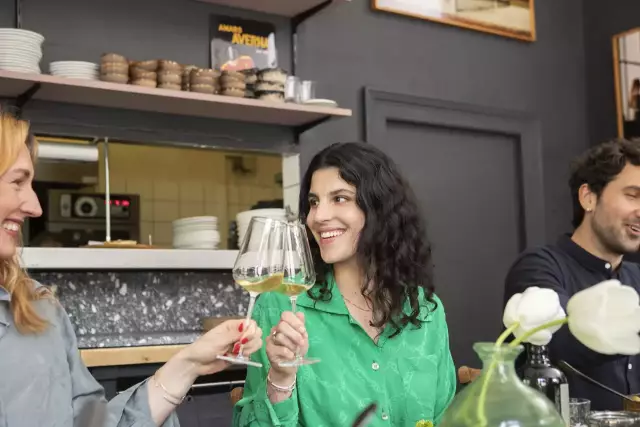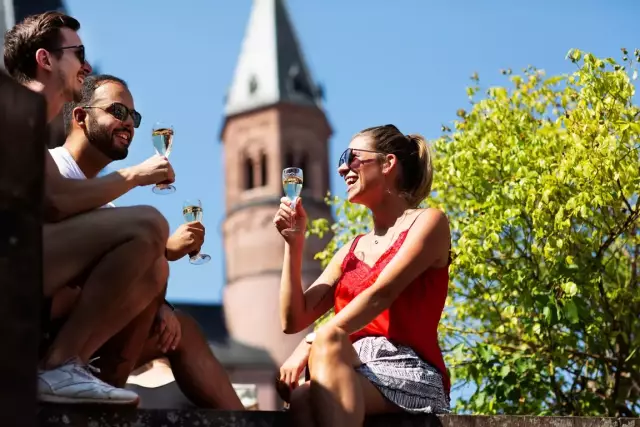Trend for Alcohol-free Wines and Sparkling Wines
The range of alcohol-free wines and sparkling wines from German cellars has increased significantly in recent years.

According to the German Wine Institute (DWI), more and more wineries, cooperatives and commercial cellars are offering alcohol-free wines and sparkling wines. In 2022, their share of total German wine consumption will most likely still be less than one percent, however, almost all suppliers report that this trend is rising. The growth in sales of alcohol-free wines in the food retail trade amounted to about 18 percent in 2022.
Sales of non-alcoholic sparkling wines were already significantly higher in 2021, at around 23 million bottles per year, and on the rise. For 2022, alcohol-free sparkling wine is already expected to have a market share of around eight percent of the total sparkling wines consumed in Germany.
New technologies for aroma-preserving dealcoholization
Thanks to the use of new technologies and optimised processes, the taste of alcohol-free wines and sparkling wines has evolved very positively in recent years. For example, the dealcoholisation of wines is now carried out with techniques aimed at preserving aromas, usually at relatively low temperatures of below 30 degrees Celsius, and by vacuum distillation or in a centrifugal cone column.
When selecting the base wines, it is important to pay attention to grape varieties rich in aromas and of good quality so that as many aromatic substances as possible can pass into the final product. This can compensate to some extent for the lack of alcohol in the wine. After all, alcohol is a medium for flavours, just like the fat in food. The DWI sees potential for further quality improvements in this segment which is currently gathering more experience and knowledge on how to make the end product even tastier through targeted wine selection and preparation.
Trend towards premiumisation in the non-alchoholic sparkling wine segment
In sparkling wines without any alcohol by volume, the carbonic acid compensates quite well for this lack. Alcohol-free sparkling wines are made by removing the alcohol from a wine that has been produced by the fermentation of sugar, then carbonic acid is added to the de-alcoholised wine. In this segment, a trend towards premiumisation has also been observed recently. Many people who want to do without alcohol when drinking wine believe that they could just drink grape juice instead. But this simply contains the fruity aromas from the grapes, it lacks the "vinous" taste that only comes from fermentation. In terms of wine law, non-alcoholic sparkling wine must be labelled as a "sparkling drink made from non-alcoholic wine". The alcohol content of these wines and sparkling wines must be below 0.5 percent by volume.
According to a representative survey conducted by the market research institute Nielsen in 2020, more women tend to consume non-alcoholic wine and sparkling wine in Germany (60-66 %) than men. It is also predominantly drunk on special occasions and more often outside the home.
In order to make alcohol-free wines even better known and to increase their acceptance, the DWI sees gastronomy as key. There, they can be introduced by the glass. At the moment, it is still predominantly the upscale and trendy gastronomy that has alcohol-free wines listed.
Contact persons
-
Ernst Büscher
Press officer



